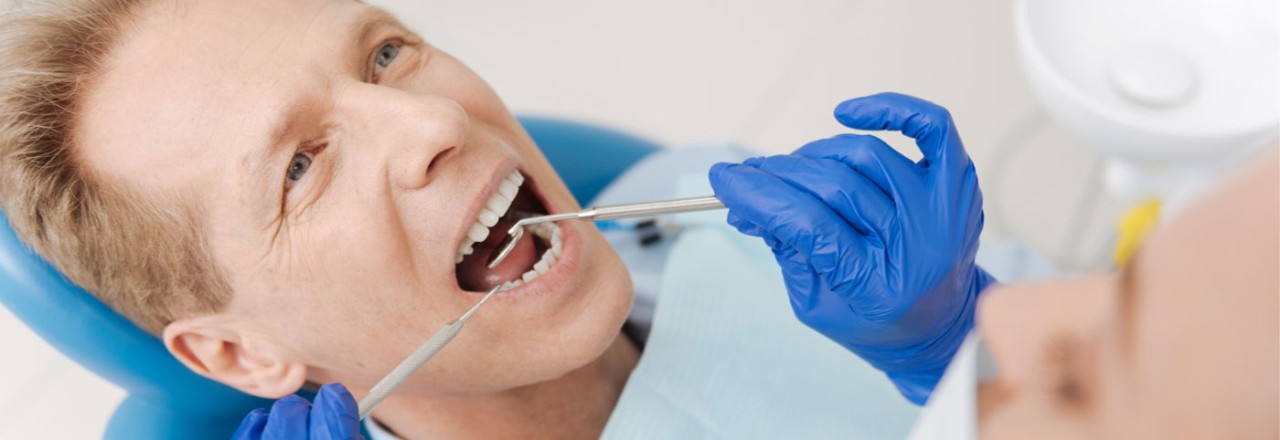How is gum disease treated?

Dentists use a range of periodontal treatments to stop or reverse gum disease. Non-surgical procedures can be used if your gum disease is treated in its early stages; however, in more advanced stages, surgical procedures will often be required.
Non-surgical procedures for gum disease
Scaling and root planing
Scaling and root planing is a special cleaning designed to remove plaque and tartar (also known as calculus) from under your gumline (in periodontal pockets). The procedure smoothes your root surfaces to promote healing. A scaling procedure is the only way to remove calculus from this area.
In some cases, antibiotics or antimicrobials may be used to supplement the effects of scaling and root planing. In most cases of early gum disease, scaling and root planing in addition to continued daily cleaning at home will achieve a satisfactory result of reversing gum disease.
Periodontal maintenance/supportive periodontal therapy
Specialized deep cleanings can minimize the recurrence or progression of gum disease following a scaling and root planing.
All about scaling and root planing
Scaling and root planing, also called deep cleaning, is a straightforward procedure for treating gum disease.
Surgical procedures for gum disease
Pocket depth reduction procedures
Your dentist opens up the affected gum tissue so that disease-causing bacteria and calculus build-up can be removed. Some cases may require smoothing and recontouring the damaged bone and root surfaces to allow your gum tissue to reattach to healthy bone during healing. The procedure also repositions the gum tissue so that it is easier to keep clean.
Regeneration
Your dentist treats the affected gum tissue in the same way as with pocket depth reduction procedures, but with the additional step of using membranes, bone grafts or tissue-stimulating proteins to stimulate your body’s natural ability to regenerate healthy bone and gum tissue.
Soft tissue grafts
Your dentist takes healthy gum tissue from the roof of your mouth (palate) or other areas of your mouth and uses it to repair receding gums and to cover exposed root surfaces.
Last updated October 18, 2021
Related articles:
The oral health information on this website is intended for educational purposes only. Always consult a licensed dentist or other qualified health care professional for any questions concerning your oral health.


